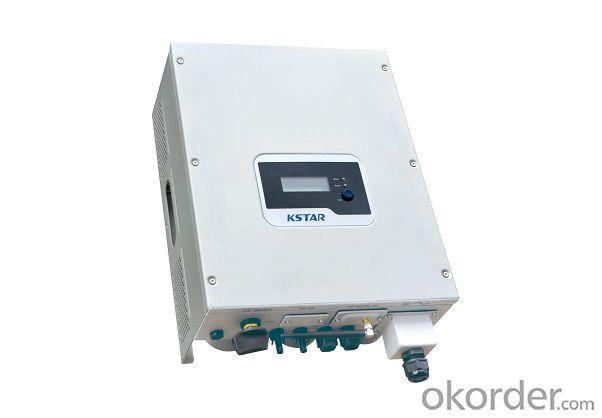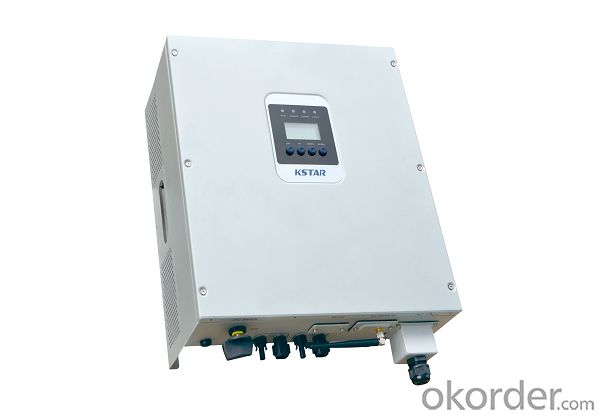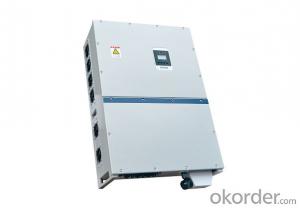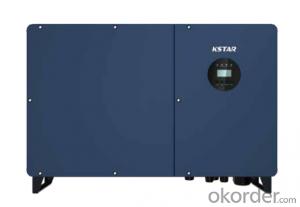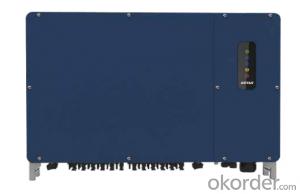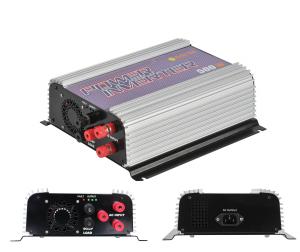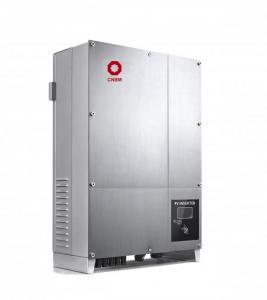Solar Inverter Cover for String Grid-Tied PV Inverter 1.5kW/2kW/3kW/3.6kW
- Loading Port:
- Guangzhou
- Payment Terms:
- TT OR LC
- Min Order Qty:
- 10 unit
- Supply Capability:
- 10000 unit/month
OKorder Service Pledge
OKorder Financial Service
You Might Also Like
Product features
· Max PV Voltage up to 500V
· Single MPPT
· High efficiency up to 97.5%
· Smaller and Lighter
· IP65 protection
· Easy installation
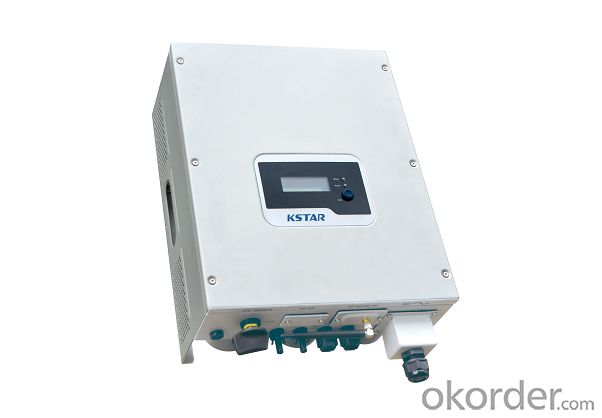
Product Parameter
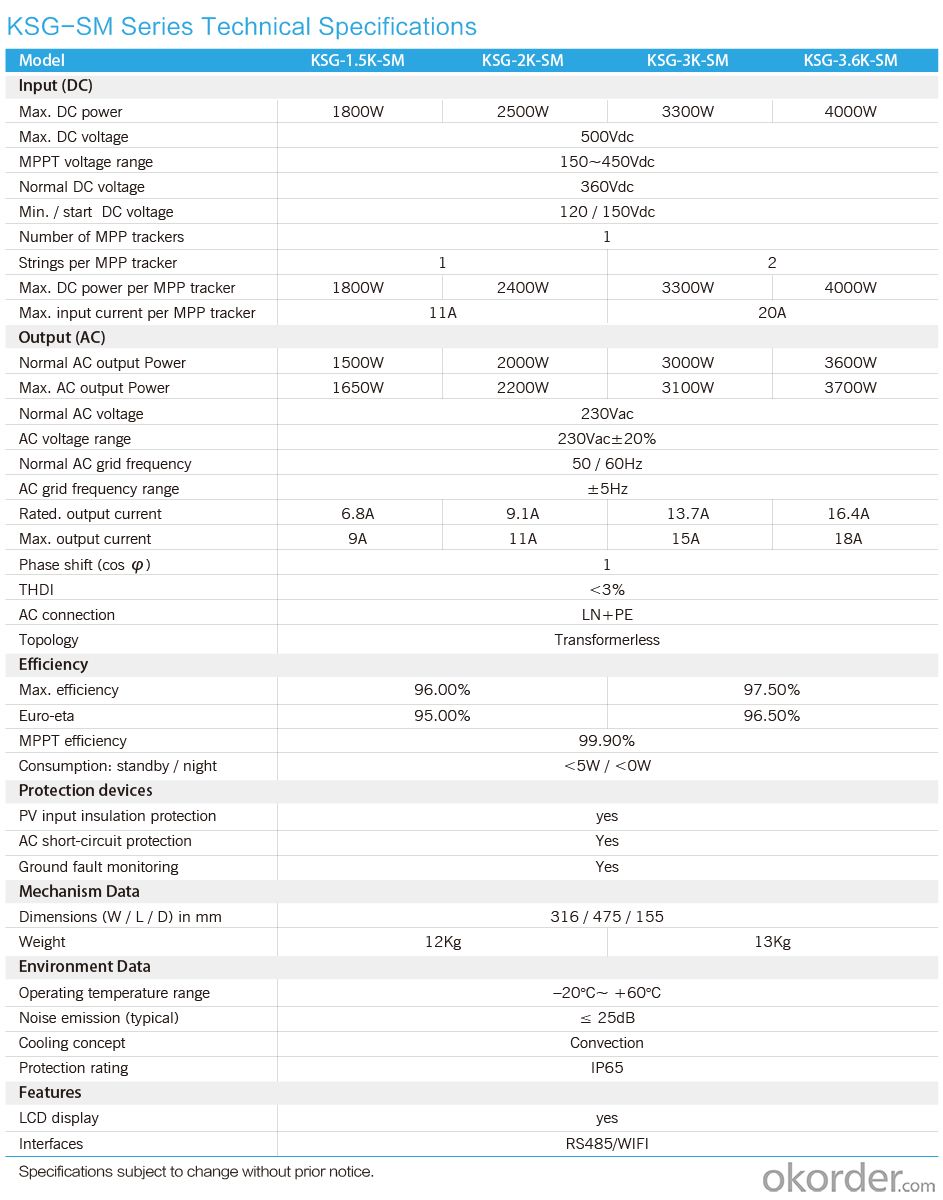
Q 1. what's the payment term?
A. We accept TT,30% deposit and 70% balance agaisnt copy of BL
Q 2. how's the delivery time ?
A. usually it will take about 25 days for production
Q 3. tell me the standard of package?
A. For the small capacity, it use carton, but for big capacity, we will use strong wooden case for protection.
Q 4. what kind of material of transformer?
A. we have two types, one 100% copper and the other is copper with aluminum.It depends on your requirment. In fact,those two have no difference if normal work well. Only except the longlife. Copper is better and also higer price.
Q 5.Could you offer Form A or C/O ?
A. It totally not a problem. We can prepare relative documents to forgin affairs office or other office to apply for this certificate.
Q 6.Would you accept to use our logo ?
A.If you have good quantity,it absolute no problem to do OEM.
Q 7.We want to know month capacity.
A. It depends on which model.For example for relay type small capacity , month capacity can reach near 20000pcs and big capacity near 3000pcs.
Q 8.Where is your market?
A. Our products are popular in russia, indonisia, Philippines,italy, america, pakistan and so on.Some of them are our regular customers and some of them are developing. We hope you can join us and make mutural benifit from our cooperation.
Q9. what kind of certificate you have ?
A. Our company already achieve ISO, CCC, and for products, we have CE, TUV, SAA, G58, C10/11,SONCAP, GOST, UL(pending) .

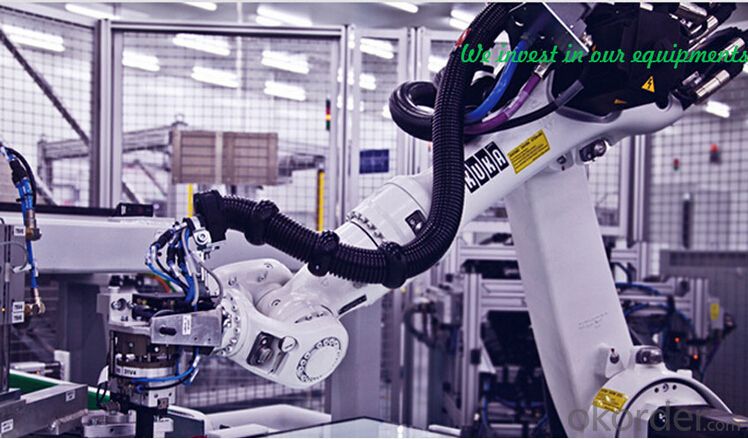
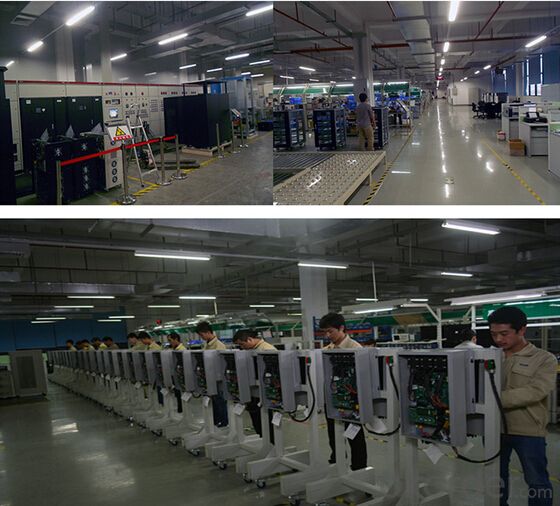

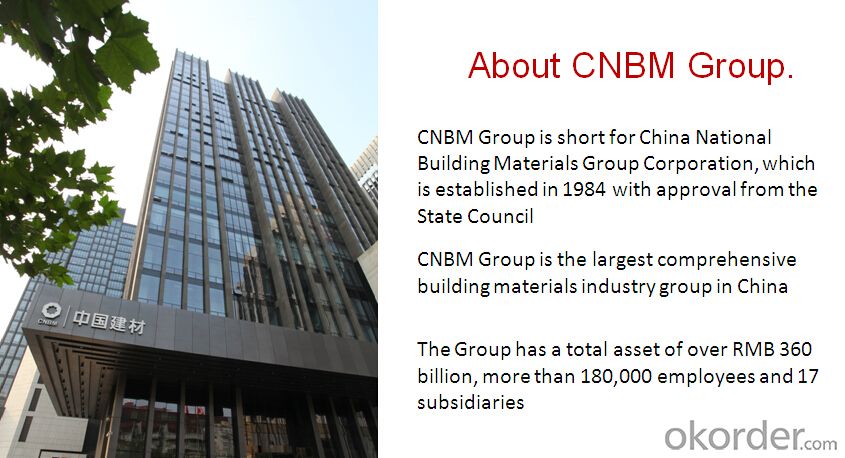
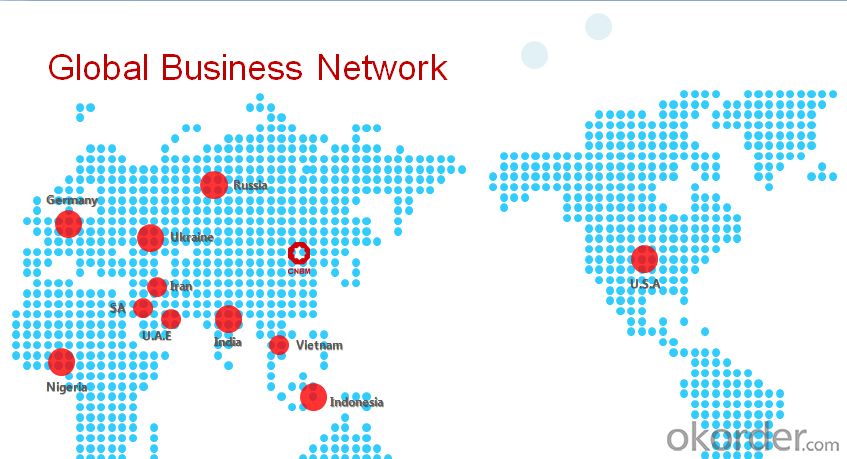
- Q: Can a solar inverter be used with solar trackers?
- Yes, a solar inverter can be used with solar trackers. Solar trackers are designed to follow the sun's movement throughout the day, maximizing the solar panel's exposure to sunlight. The solar inverter converts the DC (direct current) power generated by the solar panels into AC (alternating current) power that can be used in homes or businesses. The inverter can be connected to the solar tracker system to ensure efficient and effective utilization of the solar energy harvested by the panels.
- Q: What is the role of a solar inverter in maximizing solar panel output?
- The role of a solar inverter in maximizing solar panel output is to convert the direct current (DC) electricity generated by the solar panels into alternating current (AC) electricity that can be used in our homes and businesses. Additionally, the inverter ensures that the solar panels operate at their maximum power point, optimizing their efficiency and output. It also monitors and controls the flow of electricity, ensuring safety and preventing any damage to the solar panels or the electrical system.
- Q: Can a solar inverter convert DC power to AC power during a power outage?
- No, a solar inverter cannot convert DC power to AC power during a power outage. During a power outage, the solar inverter relies on the grid to function, and without grid power, it cannot convert DC power from the solar panels into usable AC power.
- Q: Can a solar inverter be used with different types of electrical appliances?
- Yes, a solar inverter can be used with different types of electrical appliances as long as the appliances are compatible with the inverter's power output. The inverter converts the direct current (DC) generated by the solar panels into alternating current (AC), which can be used to power various electrical devices. However, it is important to ensure that the inverter's capacity and voltage output are suitable for the specific appliances to avoid damage or malfunction.
- Q: How do you choose the right size solar inverter for a specific solar power system?
- To choose the right size solar inverter for a specific solar power system, you need to consider the capacity of your solar panels, the maximum power output they can generate, and the electrical load you intend to connect to the inverter. Matching the inverter's capacity with the total power output of your panels ensures optimal performance and prevents overloading. It's also crucial to consider any future expansions or changes in energy requirements to select an inverter that can accommodate potential growth. Consulting with a professional or using online calculators can help determine the appropriate size for your solar inverter.
- Q: How do you calculate the power output of a solar inverter?
- To calculate the power output of a solar inverter, you need to multiply the input voltage by the input current. This will give you the input power. Then, multiply the efficiency of the inverter by the input power to get the output power.
- Q: Can a solar inverter be used with a solar-powered CCTV system?
- Yes, a solar inverter can be used with a solar-powered CCTV system. A solar inverter is responsible for converting the direct current (DC) produced by solar panels into alternating current (AC) that can be used to power electrical devices. In the case of a solar-powered CCTV system, the solar inverter can convert the DC power generated by the solar panels into the AC power required to run the CCTV system, ensuring it functions properly.
- Q: Grid-connected inverter is generally divided into photovoltaic power generation grid-connected inverter, wind power grid-connected inverter, power equipment and grid-connected inverter and other power generation equipment power generation inverter.
- The grid inverter is a current source, the output voltage is basically the grid voltage, may be slightly raised.
- Q: Can a solar inverter be used with electric vehicles?
- No, a solar inverter cannot directly be used with electric vehicles. Solar inverters are designed to convert DC (direct current) from solar panels into AC (alternating current) for home or grid use. Electric vehicles, on the other hand, require DC power to charge their batteries. However, solar energy generated through a solar inverter can be used to charge the batteries of an electric vehicle indirectly by connecting the solar system to the power grid or using a separate charging station equipped with a suitable DC charger.
- Q: How do you choose the right size of solar inverter for a system?
- To choose the right size of solar inverter for a system, several factors need to be considered. Firstly, you should determine the total capacity of the solar panels in the system. The inverter's maximum input power rating should be equal to or slightly higher than the total capacity of the panels. Additionally, the inverter's voltage rating should match the system's voltage requirements. It is also crucial to consider the inverter's efficiency, as a higher efficiency rating will ensure better conversion of solar energy into electricity. Lastly, it is advisable to consult a professional or use online calculators to accurately determine the appropriate size of the inverter based on the specific needs and requirements of the system.
Send your message to us
Solar Inverter Cover for String Grid-Tied PV Inverter 1.5kW/2kW/3kW/3.6kW
- Loading Port:
- Guangzhou
- Payment Terms:
- TT OR LC
- Min Order Qty:
- 10 unit
- Supply Capability:
- 10000 unit/month
OKorder Service Pledge
OKorder Financial Service
Similar products
Hot products
Hot Searches
Related keywords




